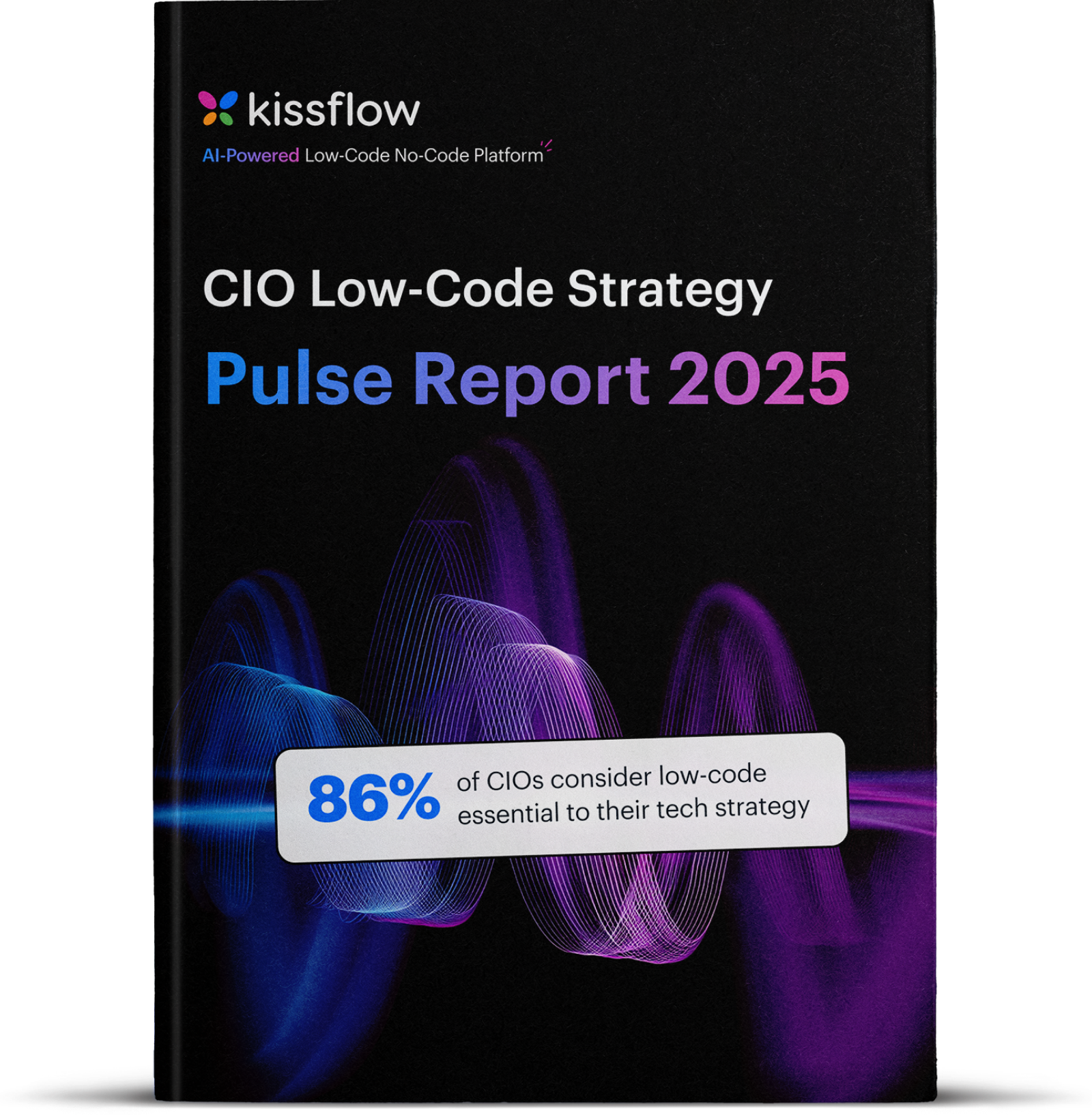
Automate Vendor SLA Management and Contract Renewals
Three weeks ago, a $2 million company nearly collapsed because its main supplier's contract expired on a Friday afternoon. Nobody remembered. The CEO spent the weekend frantically calling suppliers, begging for emergency service at triple the usual rates.
This happens every single day. Companies lose 9.2 percent[1] of their annual revenue to contract disasters. Large enterprises? They're bleeding up to 15 percent[2]. Meanwhile, the vendor management software market is exploding from $10.32 billion to $11.93 billion[3] in just one year because everyone's finally realizing how broken their systems are.
The Excel nightmare everyone pretends works
Walk into any company and peek at their vendor management system. Nine times out of ten, someone will sheepishly pull up a spreadsheet that looks like it was designed by someone who clearly hates their job.
At a Fortune 500 company, the "vendor management system" consisted of seventeen different Excel files scattered across three departments. The finance team had one version, procurement had another, and IT had completely given up and was using sticky notes on their monitor.
When spreadsheets attack your sanity
Sarah from procurement gets a contract renewal email. She forwards it to Mike in IT. Mike forwards it to Jennifer in finance. Jennifer creates a new spreadsheet because she can't find the old one. Sarah updates her spreadsheet with different information.
Three months later, the contract expires. Everyone points fingers. The vendor gets angry. Emergency procurement kicks in at premium rates.
The real problem isn't the spreadsheet itself. It's that spreadsheets weren't built for complex, multi-stakeholder processes. Contract renewals slip through the cracks because there's no systematic way to track them. SLA performance monitoring becomes a monthly fire drill.
Visit App Store: Centralized Contract Repository App
The compliance disaster nobody talks about
67 percent of organizations say compliance challenges are major barriers to their performance goals. When auditors show up, the scramble begins. Procurement digs through email threads trying to find vendor performance reviews. IT searches for SLA compliance reports.
Even when companies think they're compliant, they often aren't. Manual processes create gaps, important documents get lost, and audit trails look like Swiss cheese.
The strategic blindness problem
Manual vendor management creates strategic blindness. Companies make million-dollar renewal decisions based on incomplete information and gut feelings.
When contract renewal arrives, the procurement team asks about vendor performance. IT says, "They're fine." Finance says, "They're not the cheapest." The contract gets renewed because nobody has time to evaluate alternatives properly.
The automation opportunity that changes everything
SLA monitoring that prevents disasters
Here's the scary part: 70 percent of businesses have experienced service disruptions due to inadequate SLA monitoring.
When SLA management software automates monitoring, everything changes. Instead of monthly fire drills, there's continuous monitoring. Companies implementing automated SLA monitoring see a 30 percent reduction in response times for service-related incidents.
Real-time monitoring catches performance degradation before it becomes a crisis. Automated alerts ensure the right people know about problems immediately.
Visit App Store: Service Management App
Automated contract renewal that actually works
Most contract renewals are exercises in crisis management. Companies realize contracts are expiring with weeks to spare. There's no time for proper vendor evaluation.
Automated contract renewal systems flip this dynamic. The system tracks renewal dates months in advance. Performance data gets compiled automatically. Stakeholders get early warnings with enough time to make informed decisions.
The financial impact is substantial. Effective contract management saves organizations up to 2 percent of annual costs. Automation reduces negotiation cycles by 50 percent.
Procurement workflow automation that eliminates bottlenecks
Manual approval processes create bottlenecks. Vendor performance reviews sit in email inboxes. Contract renewals wait for signatures. Audit findings get buried in bureaucracy.
Procurement workflow automation eliminates these bottlenecks. Performance reviews get routed automatically. Approvals happen according to predefined rules. The result is faster decisions, better accountability, and reduced administrative overhead.
Why Kissflow nails vendor automation
Most vendor management platforms are overcomplicated enterprise monsters requiring months of implementation or oversimplified tools that don't solve real problems. Kissflow hits the sweet spot between power and practicality.
Workflow building that makes sense
Kissflow's visual workflow builder recognizes that every organization has unique vendor management needs. The drag-and-drop interface is genuinely intuitive, and building custom processes for SLA audits, performance scoring, or renewal approvals doesn't require programming skills.
More importantly, these workflows can evolve. Business requirements change. Vendor relationships become more complex. Having a system that adapts means not getting stuck with outdated processes.
Integration that actually works
Kissflow's integration approach connects with ERP and procurement systems through robust APIs. Real-time data access happens without manual intervention, and synchronization issues become extinct.
This means automated workflows operate on current, complete data. When the system recommends contract renewal approaches, the recommendations are based on real-time performance metrics from integrated Contract Lifecycle Management (CLM) app functionality.
Dashboards that reveal insights
Kissflow's Supplier 360 dashboard strikes the right balance. Real-time performance metrics are presented in digestible formats, and contract status indicators provide at-a-glance health checks.
The platform is a comprehensive Supplier Relationship Management (SRM) app, enabling strategic vendor partnerships beyond basic performance monitoring. Customizable views mean different stakeholders can focus on relevant metrics while maintaining access to comprehensive information when needed.
Low-code flexibility that adapts
Rigid vendor management systems become obsolete when business requirements change. Kissflow's low-code approach means the platform evolves with the business.
Need to modify evaluation criteria? It's straightforward. Want to change approval processes? It's simple. This flexibility is crucial because vendor management is never static. Modern SLA management software must adapt to evolving business requirements and regulatory changes.
The real-world impact beyond the marketing fluff
Renewal disasters become extinct
Automated renewal management eliminates service disruptions caused by missed contracts. Systematic tracking prevents oversights, and early notifications provide adequate planning time.
Compliance becomes manageable
Instead of scrambling to compile vendor performance data during audits, companies have comprehensive records demonstrating proper vendor oversight. The audit trail captures every performance review, contract modification, and approval decision.
Strategic decisions replace gut feelings
Companies can identify top-performing vendors for expanded partnerships. Underperforming vendors can receive objective feedback for improvement, and strategic vendor decisions can become data-driven.
Vendor relationships improve through transparency
Vendors prefer working with companies that have structured, transparent management processes. Regular performance feedback enables continuous improvement, and automated performance tracking creates accountability that benefits everyone.
Implementation strategy that doesn't break everything
Start where it hurts most
Every organization has vendor management pain points that cause the most problems. Starting with the biggest pain points delivers quick wins and builds implementation momentum.
Integration planning prevents disasters
The most successful implementations integrate smoothly with existing systems and processes. Consider how automated vendor management fits into current procurement processes. Technical integration should be seamless.
Change management makes or breaks success
Technology implementations fail when people resist change. Effective change management addresses both technical training and strategic education. The goal is to enhance human decision-making, not replace strategic thinking.
The competitive advantage hiding in plain sight
Vendor contract automation isn't just an operational improvement. It's a competitive advantage. The vendor management software market is growing at 15.6 percent annually because organizations recognize they can't compete effectively with manual processes.
Companies implementing comprehensive vendor contract automation today position themselves for advanced capabilities as AI and predictive analytics transform vendor management in 2024.
The decision that can't wait
Manual vendor management is like running a modern business with outdated technology. Average revenue losses of 9.2 percent due to contract mismanagement make the ROI of automation obvious.
70 percent of businesses experience service disruptions due to inadequate SLA monitoring. That's not acceptable in today's competitive environment. The vendor management software market is booming because smart companies recognize the strategic importance of vendor relationships in retail operations.
Companies implementing vendor contract automation today will manage vendor relationships strategically while competitors struggle with spreadsheets and manual processes. Your vendors are ready for professional relationship management, your stakeholders are tired of vendor-related problems, and your bottom line is ready for effective contract management's savings.
The automation revolution in vendor management is happening now. Companies can lead it or be left behind.
Save 2 percent on annual costs and eliminate contract disasters—automate your vendor management
Frequently Asked Questions
How does automation improve vendor SLA management?
Automation transforms SLA management from reactive monitoring to proactive performance optimization. Instead of monthly manual reviews that often miss performance degradation, automated systems continuously track key performance indicators in real-time. When performance falls below predefined thresholds, automated alerts immediately notify the right stakeholders. This approach has resulted in a 30% reduction in response times for service-related incidents, preventing minor issues from becoming major business disruptions.
What are the best practices for contract renewals using AI?
AI-powered contract renewals focus on three key areas: predictive analytics, automated data compilation, and intelligent recommendations. Best practices include setting up automated tracking systems that monitor renewal dates 6-12 months in advance, using AI to analyze historical performance data and predict vendor trajectories, and implementing intelligent workflows that automatically compile performance metrics for renewal decisions. AI can also identify market trends and suggest negotiation strategies based on comparable contracts and industry benchmarks.
How can Kissflow streamline vendor compliance tracking?
Kissflow streamlines compliance tracking through automated audit trails, standardized documentation processes, and real-time compliance monitoring. The platform automatically captures every vendor interaction, performance review, and contract modification, creating comprehensive audit trails that demonstrate proper vendor oversight. Automated workflows ensure consistent compliance checks, while customizable dashboards provide real-time visibility into compliance status across all vendors. This systematic approach has helped organizations move from 67% compliance challenges to structured, audit-ready documentation.
What role does AI play in monitoring supplier agreements?
AI transforms supplier agreement monitoring by identifying patterns and predicting potential issues before they occur. AI systems analyze historical performance data to spot trends that human reviewers might miss, predict when SLA breaches are likely to happen, and recommend preventive actions. The technology also automates performance scoring, flags unusual patterns in vendor behavior, and provides intelligent insights for contract negotiations. AI-powered monitoring has enabled companies to shift from reactive problem-solving to proactive relationship optimization.
How do retailers automate vendor performance evaluations?
Retailers automate vendor performance evaluations through integrated scoring systems that track delivery times, quality metrics, compliance rates, and cost performance across multiple touchpoints. Automated systems collect data from ERP systems, customer feedback platforms, and quality control processes to create comprehensive vendor scorecards. Performance trends are automatically analyzed, and exceptions are flagged for review. This automation enables retailers to maintain consistent evaluation standards across hundreds or thousands of vendors while identifying top performers for strategic partnerships and addressing underperforming relationships quickly.











